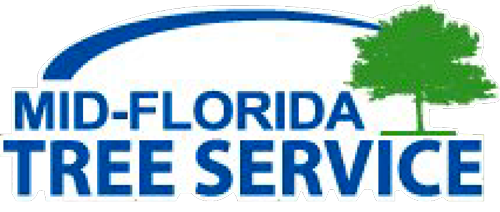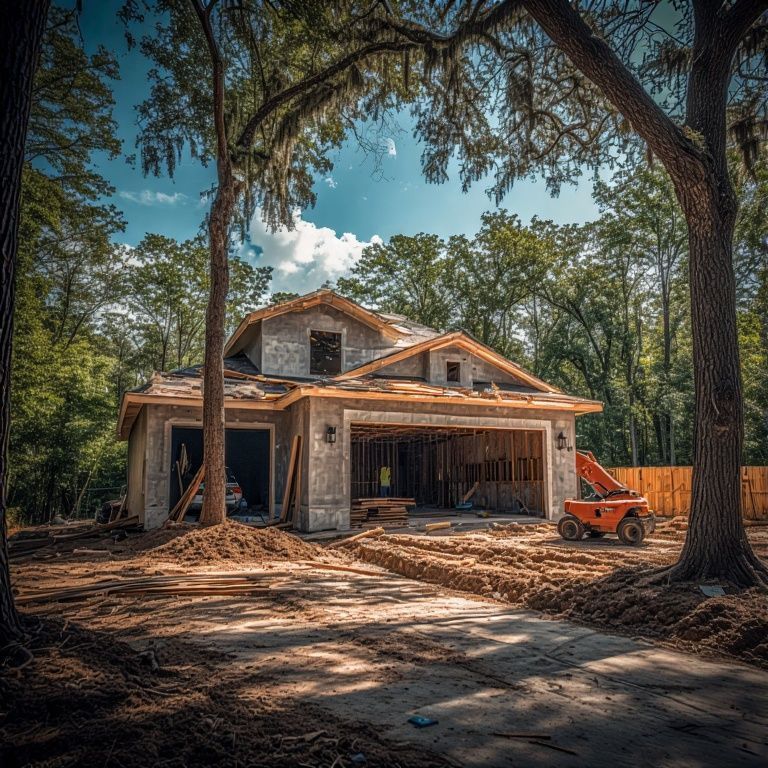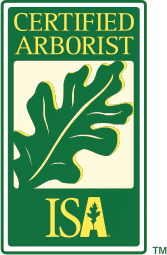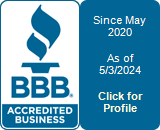Treecare Tips for New Homeowners
July 18, 2025
July 18, 2025
Main Image Credit: see
https://commons.wikimedia.org/wiki/File:Ybor_House.jpg
Welcome to your new home, now let’s take care of your trees!
Moving into a new home is exciting, whether it's your first time or your fifth. Alongside unpacking boxes and learning the quirks of your new space, there's another important feature that deserves your attention: the trees on your property.
At Mid Florida Tree Service, we’ve worked with countless homeowners across Hillsborough and Pasco counties, and one thing is clear: healthy trees are a big part of a safe, beautiful, and valuable home. Here are some essential tree care tips to help new homeowners protect their landscape investment and avoid unexpected surprises down the line.
1. Take Inventory of Your Trees
Walk your property and take note of the different tree species, their sizes, and their locations. Are any trees close to your home, driveway, or utility lines? Are there any obvious signs of damage, like broken branches or leaning trunks?
A professional tree inspection early on can help you understand what you’re working with and whether any immediate action is needed.
2. Schedule a Tree Health Check
Just like a general home inspection, it’s smart to get a certified arborist to evaluate the health of your trees. Some issues, like internal rot, root problems, or insect infestations, may not be visible to the untrained eye.
Mid Florida Tree Service offers thorough tree assessments that can help you plan for pruning, treatment, or removal if necessary.
3. Stay Ahead of Storm Season
In Florida, high winds and heavy rains are common. Trees with weak limbs, unbalanced canopies, or shallow root systems are especially vulnerable. Pruning and trimming in advance can reduce the risk of storm damage.
We always encourage new homeowners to take preventative action. It’s much easier (and less expensive) than cleaning up after a storm.
4. Learn About Local Tree Regulations
Depending on where you live, certain trees may be protected by local ordinances. Hillsborough County, for example, has regulations around removing protected, specimen, and grand trees. You may need permits or affidavits from certified arborists before any removal can occur.
Mid Florida Tree Service has City of Tampa Self-Certified Private Arborists on staff who can help guide you through any necessary paperwork or procedures.
5. Establish a Care Plan
Proper tree care isn’t just about what you do once; it’s an ongoing process. Think about:
- Annual trimming and pruning
- Fertilization and deep root feeding
- Mulching and watering schedules
- Pest and disease management
A proactive maintenance plan will help your trees thrive, boost your property value, and give you peace of mind.
6. Ask Questions, We're Here to Help
If you’re unsure about a tree’s condition or just want help figuring out what’s normal and what’s not, don’t hesitate to reach out. Our team is always happy to answer questions, offer advice, or provide a quote for professional services.
Final Thought
Trees are long-term assets; when well cared for, they can live for decades and increase your property’s appeal. As a new homeowner, getting to know your trees and giving them the right start will pay off for years to come.
Mid Florida Tree Service is proud to help homeowners in Tampa, Lutz, Wesley Chapel, Zephyrhills, Land O’ Lakes, Seffner, and throughout Hillsborough and eastern Pasco County. Contact us today to schedule a tree inspection or get help with your next steps!
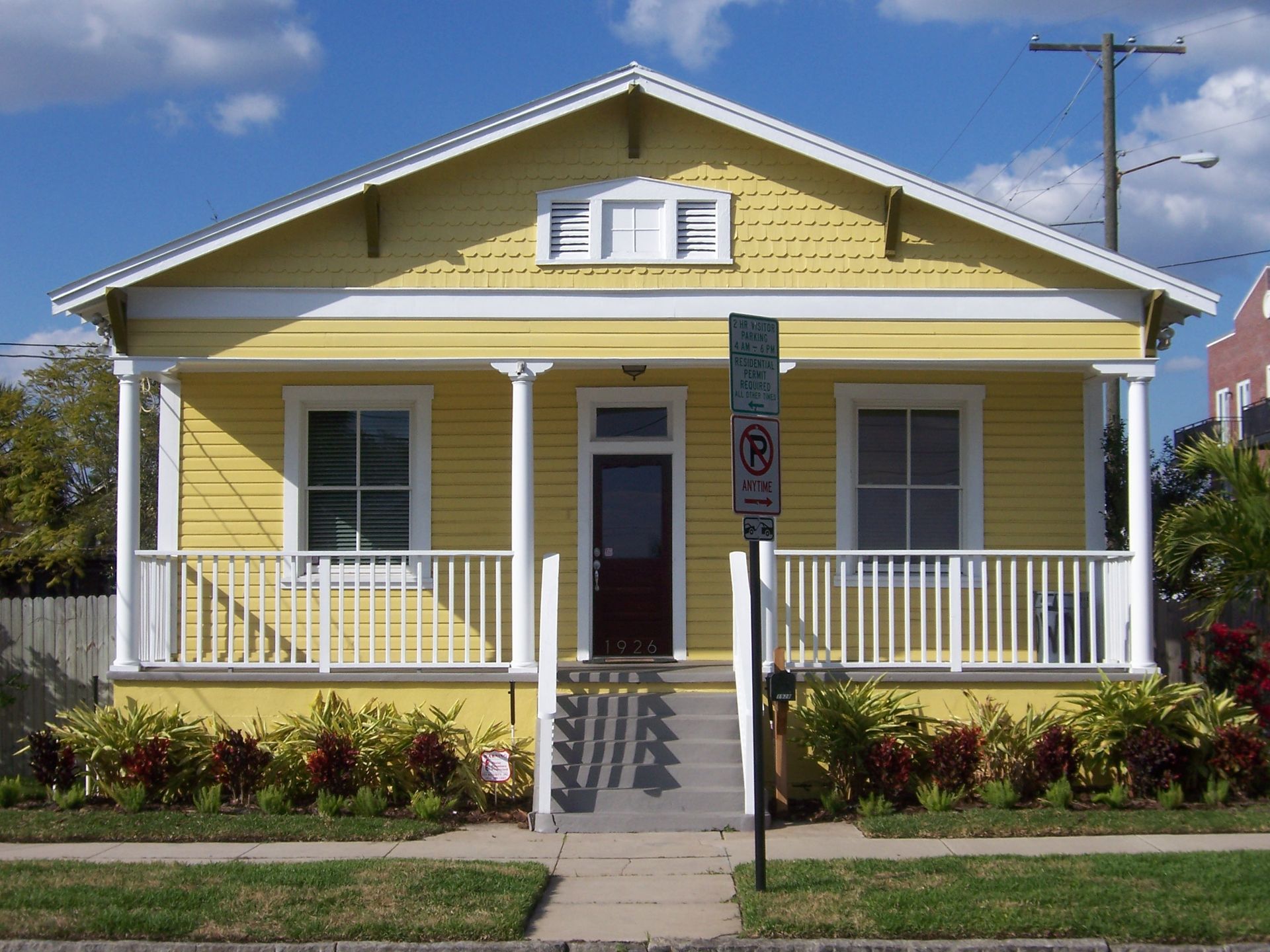
July 24, 2025
If you haven’t pruned your trees yet this year, you might be wondering if you’ve missed your window. After all, we’re well into hurricane season here in Florida. But the good news is, it’s not too late .
